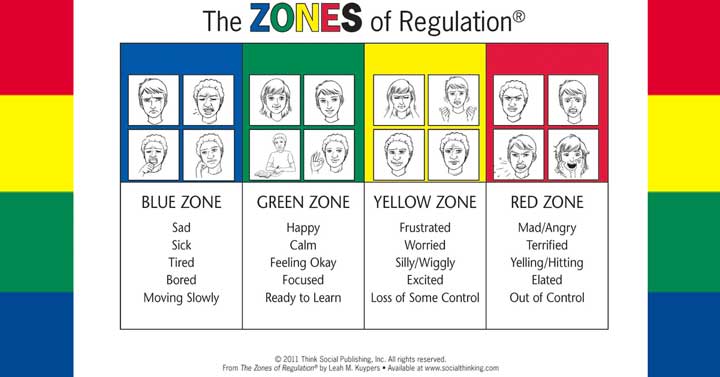We are thrilled to feature our first guest blog by a kindergarten teacher! In her post below, Shannon shares about a specific framework and product that has helped her foster students’ self-regulation in her classroom. We are so happy that Shannon has found a strategy that works for her and her students, and we encourage you to find what works best for you, too!
The VKRP team does not promote any copyrighted products or tools. There are free resources available through VKRP (and elsewhere) that can assist you in accomplishing the same core goal that Shannon describes, which is to develop shared language with your students to help them understand and communicate about their emotions and ways to regulate their behaviors. After you read Shannon’s post, please check the links at the bottom of the page for additional resources!
by: Shannon Gillikin, Kindergarten Teacher

“Your body is out of control.”
“You need to calm down.”
“Pull it together.”
How many of us have found ourselves saying these words at some point in our classrooms? We see behaviors escalating and we offer a reminder to the students with the best of intentions. But are we speaking the same language as our students?
As a pre-k and kindergarten teacher for the past decade, I am a believer in the value of social-emotional tools in our classrooms. As a novice teacher, I used plenty of praise — our days were sprinkled with “good job” and “nice work”. As I learned how my students responded, I got more specific in my language. Research shows that feedback to students must be timely and specific. Good job became, “Thank you for coming to the carpet quietly.” Nice work transformed into “I see how hard you worked to put spaces between your words.” As teachers, we learn how to shape our language to better help our students understand what we are aiming for academically.
But does our language about behavior also contain these specifics? Do we give them specific and timely feedback about their energy levels, their volume, or their level of arousal?
Last year I started using Zones of Regulation (ZOR) in my pre-k classroom and found that not only did Zones help me shape the words I used, it actually gave my students and I a common language so that we could hold a discussion about their emotions, body language, and behaviors. ZOR has helped me transform my classroom and my approach to giving students the power to self-regulate. The goal of ZOR is not for teachers to manage students, but for to empower students to manage themselves by recognizing what “zone” they are in and making appropriate choices in order to return to the “green” zone.

There are four zones: blue, green, yellow, and red. The green zone is the optimal zone for learning. When you are in the green zone, your body is calm, your brain is able to think, and you can respond to the task at hand.
It is important to teach children that whatever zone they are in is ok. Just as we affirm a child’s feelings when they are upset with words like, “I see that you are feeling angry.” we need to acknowledge that it is acceptable to be presently in the red zone and that we can make choices to get back to the green. By affirming their current zone, we are expressing empathy to our students and guiding them towards self-regulation.
In my classroom, our mornings often begin with a Zone Check-In where students quickly tell what zone they are in and we have a brief discussion about why they may be in that zone. As we come back in from recess and I notice our volume level rising, I cue my students, “We were just outside and running which put us in the yellow zone. Who has an idea about how we can get back to green now that we are inside?” Students offer suggestions like elephant breathing, various yoga poses, or closing our eyes for ten seconds. At least once a day a student will raise their hand and request to take a break because they are not in the green zone. Students have learned to recognize their own zones and to make appropriate choices — this is social-emotional independence!
Further Reading:
VKRP In-depth Skills Guide on Self-Regulation
http://www.zonesofregulation.com/research.html
For more ideas and materials that can help you to create shared language with students around regulation, check out some of our previous blog posts! (See below)
More questions? VKRP provides support via the online chat feature when you are in the system, via email vkrp@virginia.edu, and via toll free 866-301-8278 ext. 1

